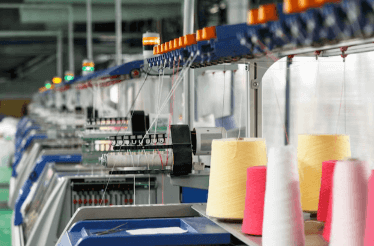Question
a.
irrotational and frictionless flow.
b.
irrotational and frictional flow.
c.
one in which dissipation of mechanical energy into heat occurs.
d.
formation of eddies within the stream.
Posted under Basic Chemical Engineering
Interact with the Community - Share Your Thoughts
Uncertain About the Answer? Seek Clarification Here.
Understand the Explanation? Include it Here.
Q. Potential flow is characterised by the
Similar Questions
Explore Relevant Multiple Choice Questions (MCQs)
Q. For the production of very high vacuum, a __________ pump is normally used.
View solution
Q. In parallel pipe problems, the
View solution
Q. Fluid flow through a packed bed is represented by the __________ equation.
View solution
Q. Major loss in sudden contraction in pipe flow is due to
View solution
Q. Which of the following can be used to create a flow of gas, where no significant compression is required ?
View solution
Q. The ratio of actual discharge to theoretical discharge through an orifice is equal to
View solution
Q. Cp/Cv is termed as
View solution
Q. The pump used for irrigation purposes is generally designed for
View solution
Q. In centrifugal pumps, cavitation occurs, when pressure of the impeller eye or vane becomes
View solution
Q. Pressure gradient in the pipe flow is influenced by the
View solution
Q. __________ pump is the most suitable device for discharging a liquid against a pressure of ≥ 1500 kgf/cm².
View solution
Q. Boiler feed water pump is usually a __________ pump.
View solution
Q. Forces acting on a particle settling in fluid are __________ forces.
View solution
Q. For a fluid rotating at constant angular velocity about vertical axis as a rigid body, the pressure intensity varies as the
View solution
Q. In a dry packed bed, the pressure drop will be changed by increasing the flow rate as
View solution
Q. Specific speed of a centrifugal pump depends upon the __________ head.
View solution
Q. Navier-Stokes equation is useful in the analysis of __________ fluid flow problems.
View solution
Q. With increase in molecular weight of the gas, the head developed by a centrifugal compressor will
View solution
Q. Pressure difference between two points in vessels, pipelines or in two different pipelines can be measured by a differential manometer. The pressure difference measured as the mm of water coloumn in case of mercury-water, differential manometer is equal to (where, H = difference in height of mercury column in mm).
View solution
Q. The boundary layer thickness at a given section along a flat plate __________ with increasing Reynold's number.
View solution
Recommended Subjects
Are you eager to expand your knowledge beyond Basic Chemical Engineering? We've handpicked a range of related categories that you might find intriguing.
Click on the categories below to discover a wealth of MCQs and enrich your understanding of various subjects. Happy exploring!








